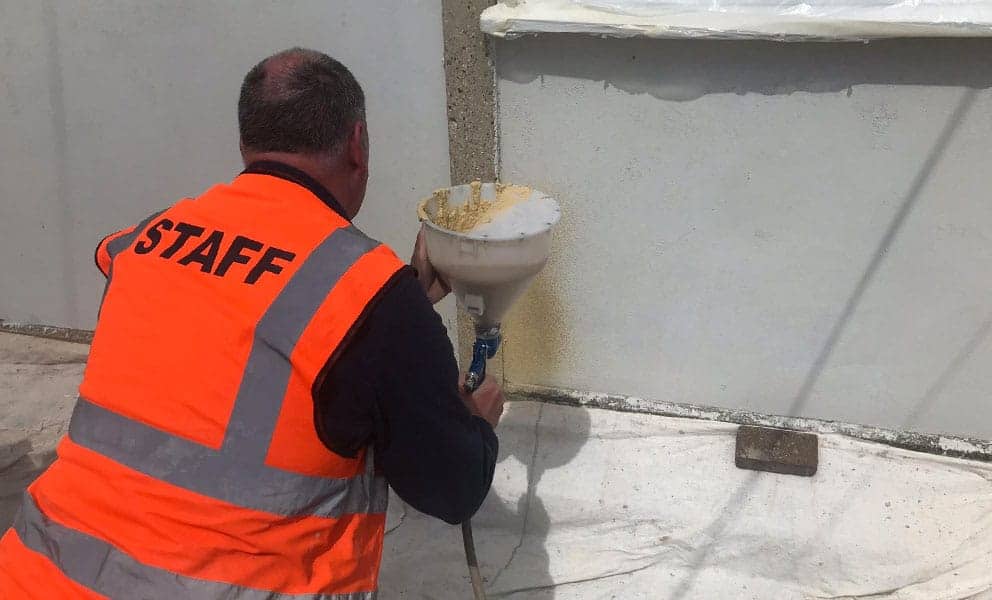
In this post, we’ll compare two popular types of cork insulation – panels and spray application.
Panels are the most common form of cork insulation. They’re produced by steam heating cork granules and pressing them into their uniform panel shape. The heating process activates a natural binding agent called suberin, which allows them to form a solid unit when pressed.
Cork insulation panels can vary in thickness, from 10mm to 50mm. Any panels that are thinner than that will generally be used for decorative effect, though you can also find cork insulation rolls that are less than 10mm thick.
To install them, you need to measure everything up and cut boards to size so they fit perfectly on interior walls. Next, apply adhesive on the inside of your walls or the boards themselves, then secure them in place. Finally, a layer of plaster is needed on top for a decorative finish, which can then be painted or wallpapered.
On the other hand, spray application refers to a more fluid solution which is made by breaking down cork granules. Rather than having to be fixed to a wall with adhesive, it’s applied directly to the surface using cork’s natural adhesive properties.
Internally, you’ll need two 3mm coats of SprayCork followed by a 2mm skim of plaster. That said, it can also be used outside, with sprayed cork used as a render. Again, there’s no need for additional work – it’s simply a case of cleaning and preparing walls before applying the insulation.
Both cork insulation panels and spray application can significantly improve your property’s thermal performance. However, spray application completely eliminates thermal bridges by creating one continuous coat on your walls.
Another key difference is their size. With a final depth of 8mm, a sprayed cork coating with a plaster overskim will have hardly any impact on the usable space inside your property. A room measuring 3m x 3m would lose just 0.1 square metres, for example.
Compare that with panels that are up to 50mm thick, and you’ll definitely notice a difference. The total loss of space would be around 0.6 metres, meaning you could lose six times more space with cork insulation panels.
If you want to get the most out of cork, it’s hard to see past a sprayed solution. It maximises the benefits by creating one continuous barrier on your internal walls – and reduces the amount of space lost in your room or building.
To make things easier, we’ve trained a national network of contractors to apply our products to the highest standards. SprayCork is exclusively available through our Approved Applicators, so you can rest assured you’ll get the best results.
Want to get in touch with your local CorkSol applicator? Contact us on 01484 442420 today.
"*" indicates required fields